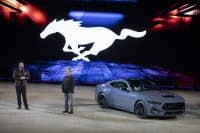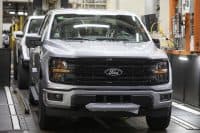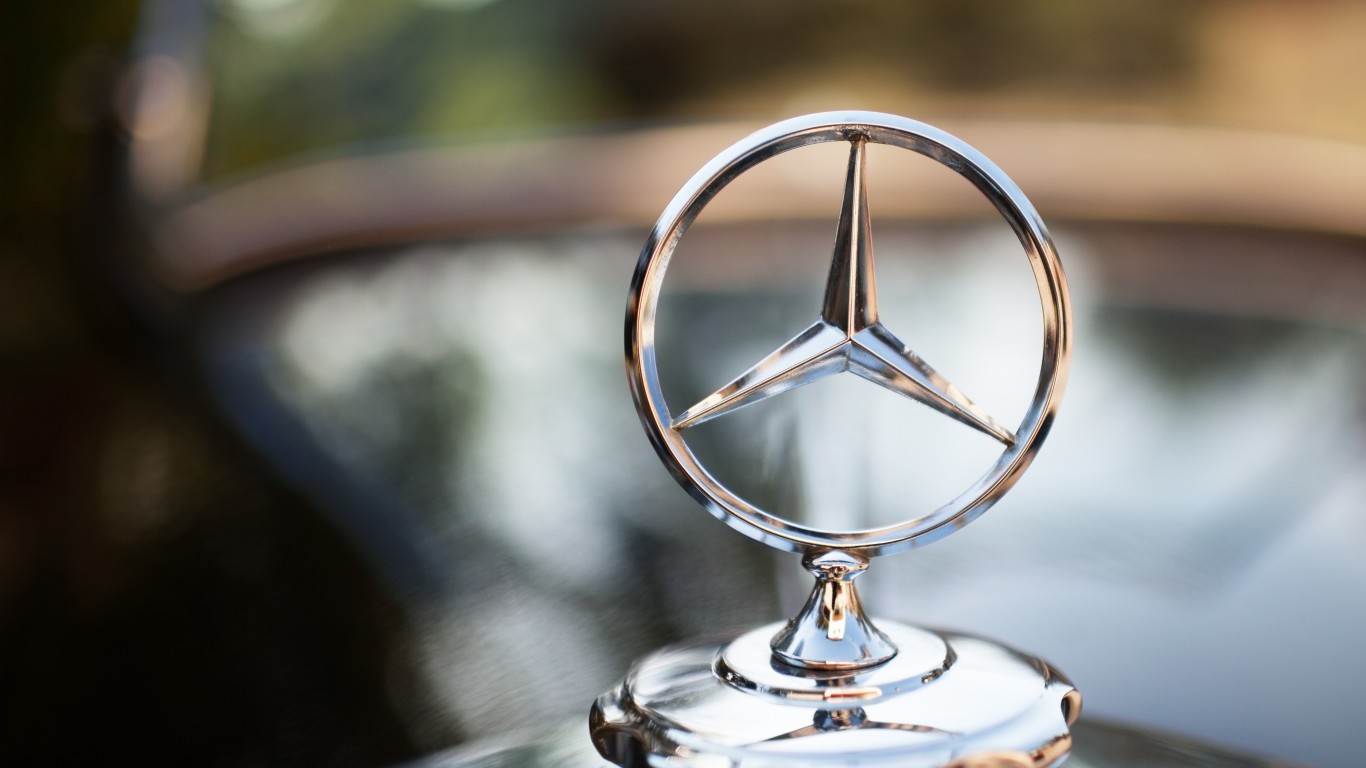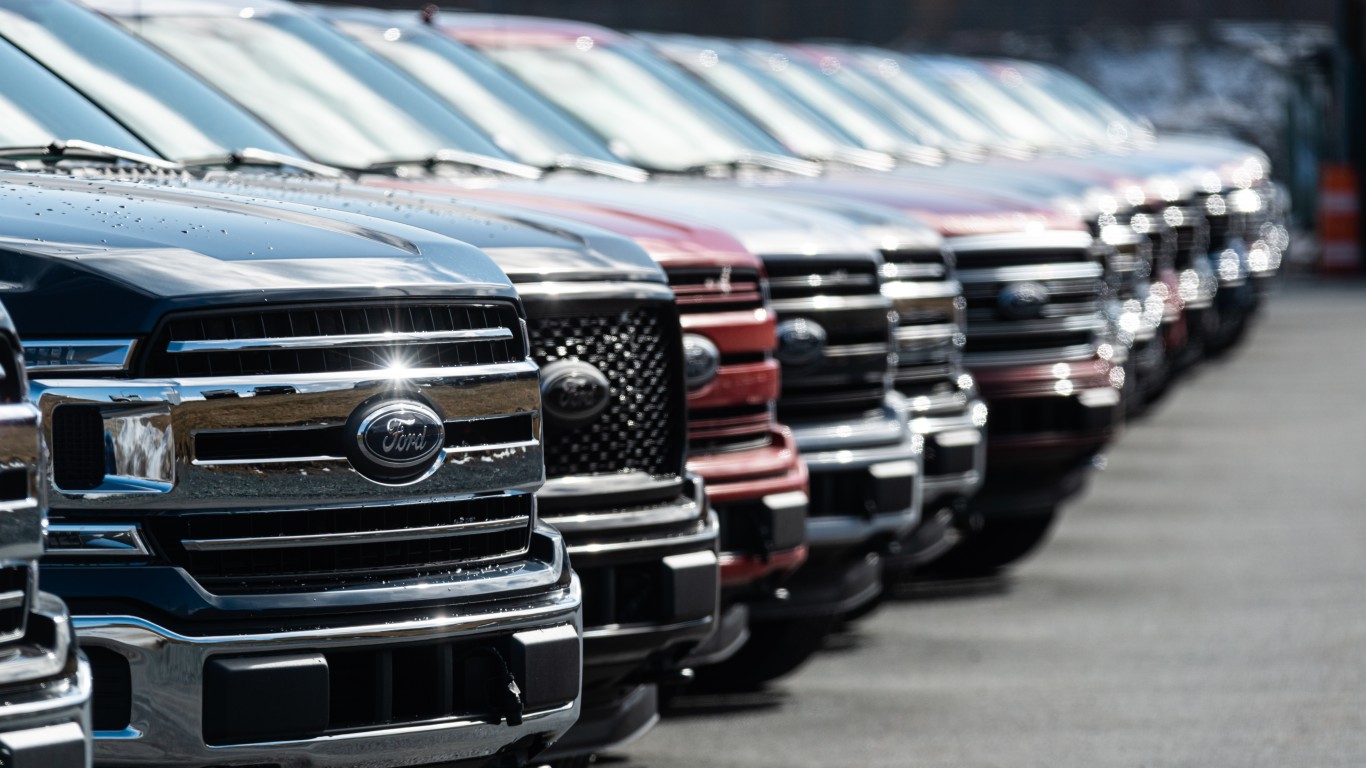The regular use of self-driving cars is way off in the future. The software for these cars is still immature. Witness the recent minor crash of one of Google’s experimental vehicles. No one was hurt, much. Google Inc. (NASDAQ: GOOGL) ought to be further along than any other company. It has an army of engineers and several years of test miles already driven. Many German car companies, and the so-called Big Three in America, have also started testing.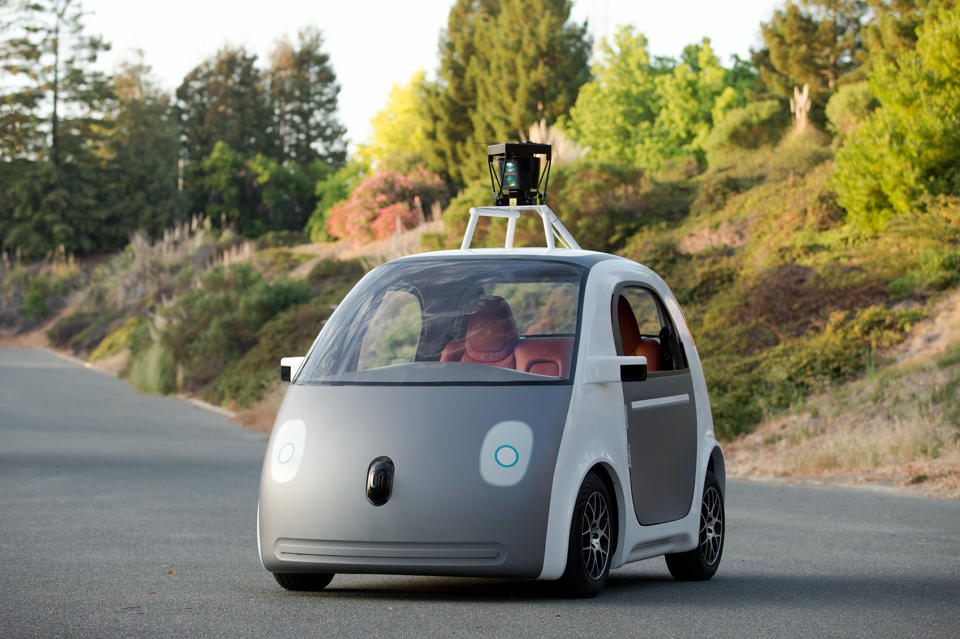
The testing of these cars has come of age, even if their use has not. A new 32-acre facility will allow testing under a nearly infinite set of circumstances:
Testing new technologies in a realistic off-roadway environment is an essential step before a significant number of highly automated vehicles can be deployed safely on actual roadways. Working with the Michigan Department of Transportation, U-M researchers have designed Mcity, a unique test facility for evaluating the capabilities of connected and automated vehicles and systems.
Occupying 32 acres at the University’s North Campus Research Complex, Mcity simulates the broad range of complexities vehicles encounter in urban and suburban environments. It includes approximately five lane-miles of roads with intersections, traffic signs and signals, sidewalks, benches, simulated buildings, street lights, and obstacles such as construction barriers. Current plans call for the facility be operational by spring 2015.
While self-driving cars have been tested on the road, nothing up to this point offers “sidewalks, benches, and simulated buildings.”
This facility allows new sets of experiments, and even if those are successful, the self-driving car industry will still face at least two barriers. The first is that most people, as far as anyone can tell, want to drive their own cars. The second is the belief that, even if unfounded, the best self-driving cars cannot be safe. Robots are as prone to accidents as people are.
ALSO READ: On Top of All-Time Highs, Why Analysts See Google Going Even Higher
Travel Cards Are Getting Too Good To Ignore (sponsored)
Credit card companies are pulling out all the stops, with the issuers are offering insane travel rewards and perks.
We’re talking huge sign-up bonuses, points on every purchase, and benefits like lounge access, travel credits, and free hotel nights. For travelers, these rewards can add up to thousands of dollars in flights, upgrades, and luxury experiences every year.
It’s like getting paid to travel — and it’s available to qualified borrowers who know where to look.
We’ve rounded up some of the best travel credit cards on the market. Click here to see the list. Don’t miss these offers — they won’t be this good forever.
Thank you for reading! Have some feedback for us?
Contact the 24/7 Wall St. editorial team.
